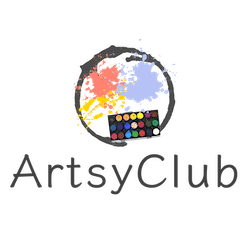The Evolution of Art Education: A Historical Perspective
TL;DRArt education has undergone significant transformations from the informal apprenticeships of ancient times to the structured academic institutions of the Renaissance, and further into the experimental and digital approaches of the modern era. This article explores the historical evolution of art education, highlighting key periods and shifts in teaching methods, philosophies, and access to art learning.

Table of Contents
The Origins of Art Education
The earliest form of art education was largely informal, with skills passed down through apprenticeships. Master craftsmen would take on apprentices, often young children, who would learn by doing. This hands-on approach was the cornerstone of artistic training, emphasizing practical experience over theoretical knowledge.
Art Education in the Middle Ages
During the Middle Ages, art education remained largely tied to the guild system. Guilds, which were associations of artisans, regulated the training and quality of craftsmanship. They provided a structured environment for learning, with clear stages from apprentice to journeyman, and finally, to master.
The Renaissance and Art Education
The Renaissance marked a significant shift in art education. The period saw the emergence of the artist as an individual creator, not just a craftsman. Art academies began to form, offering more formalized education with an emphasis on the theoretical underpinnings of art, such as perspective, anatomy, and the study of classical art.
The Academy and the 18th Century
The 18th century solidified the role of the art academy in Europe. Institutions like the Royal Academy in England and the Académie Royale de Peinture et de Sculpture in France set the standards for artistic training and taste. They also played a key role in the art world by organizing important exhibitions, such as the Salon in Paris.
The 19th Century: Art Education Expands
The 19th century saw art education become more accessible. Mechanization and the rise of the middle class created a demand for art as a part of general education. Art schools proliferated, and women began to gain access to art education, although often in separate institutions or classes.
The 20th Century: Modernism and Beyond
The 20th century brought about radical changes in art education, mirroring the upheavals in art itself. Modernist movements challenged traditional techniques and aesthetics, leading to more experimental approaches in teaching. Art education also became more inclusive, reflecting the diversity of society.
The Digital Age and Art Education
The advent of the digital age has transformed art education once again. Online platforms, digital tools, and virtual classrooms have made art education more accessible than ever. The internet has also facilitated a global exchange of ideas, further diversifying the educational landscape.
Conclusion
The evolution of art education is a testament to the adaptability and resilience of artistic instruction. From the master-apprentice relationships of antiquity to the digital classrooms of today, art education continues to evolve, ensuring that the flame of creativity is passed on to future generations.



